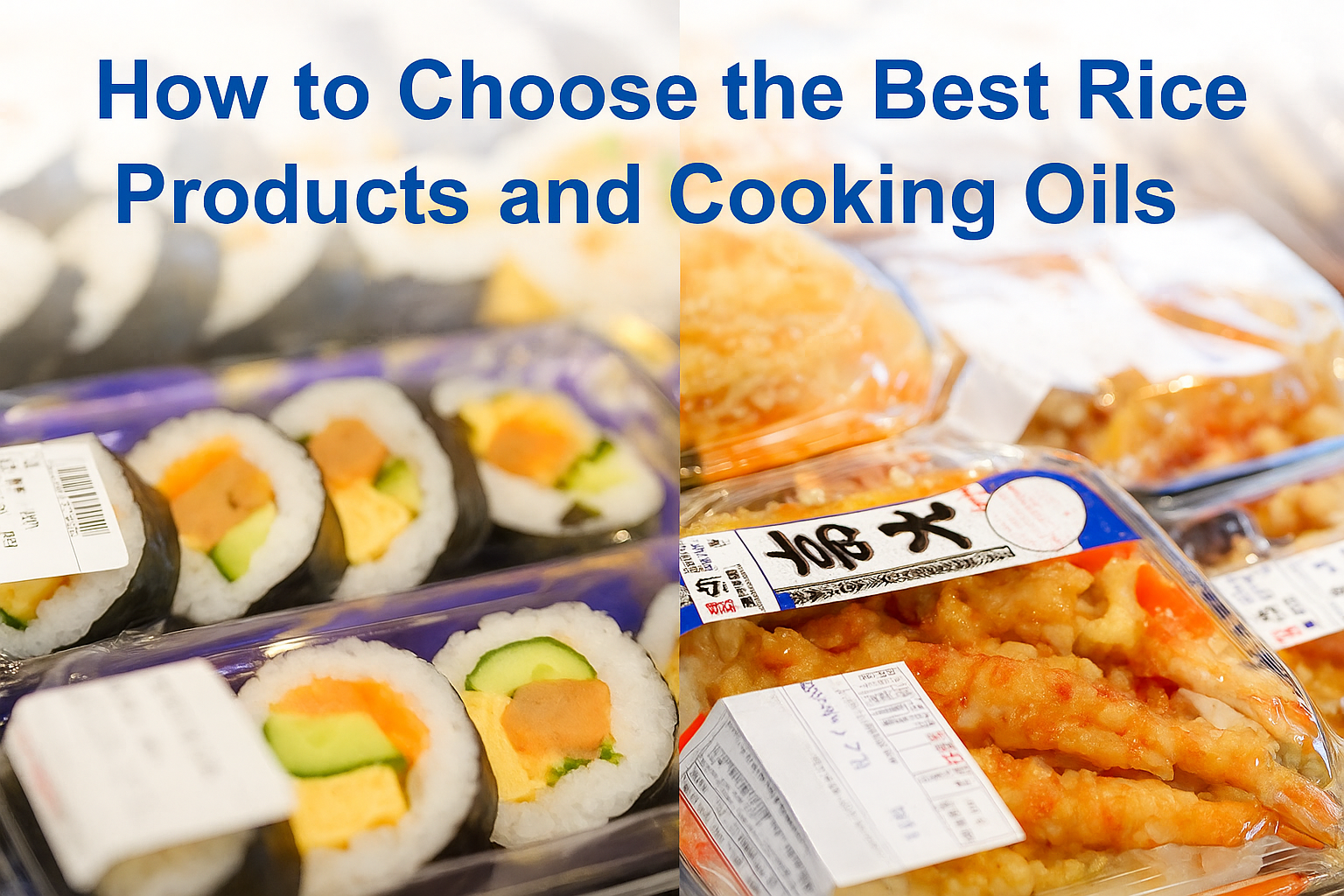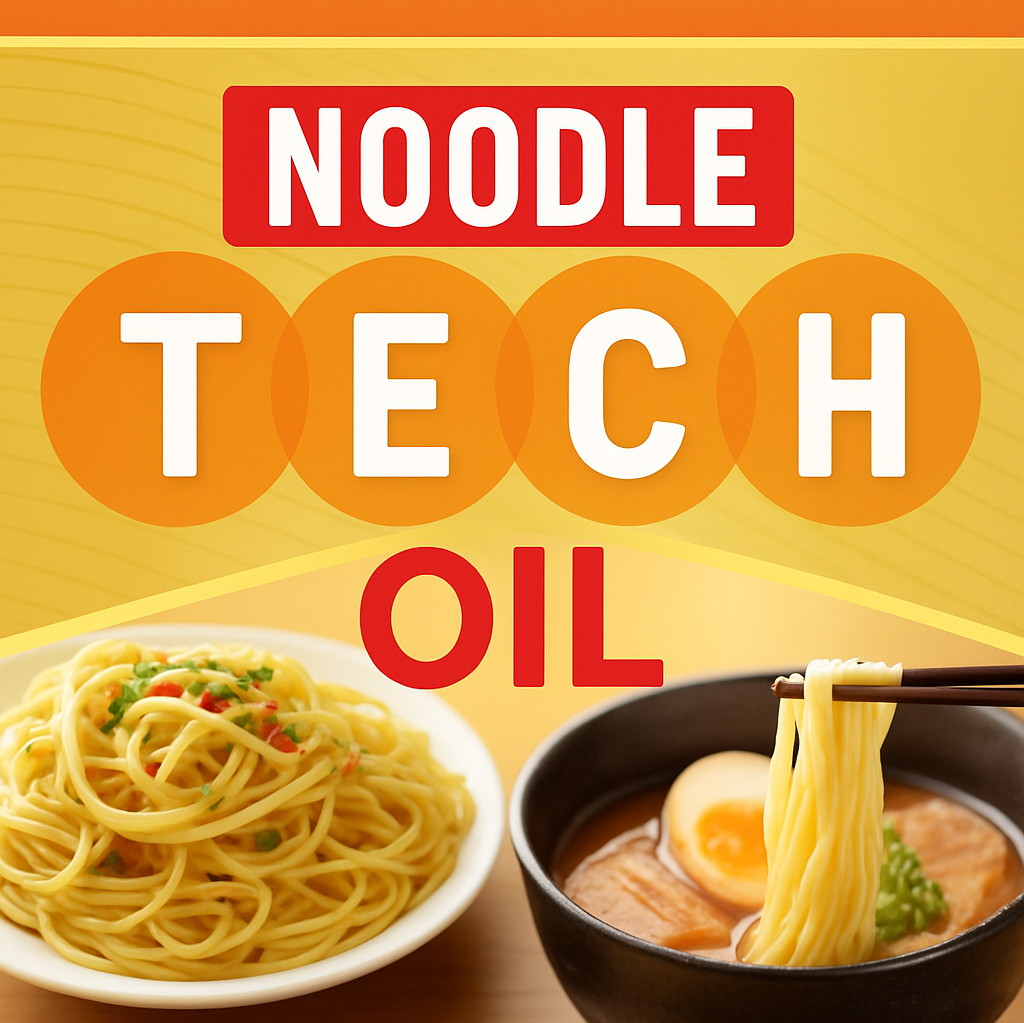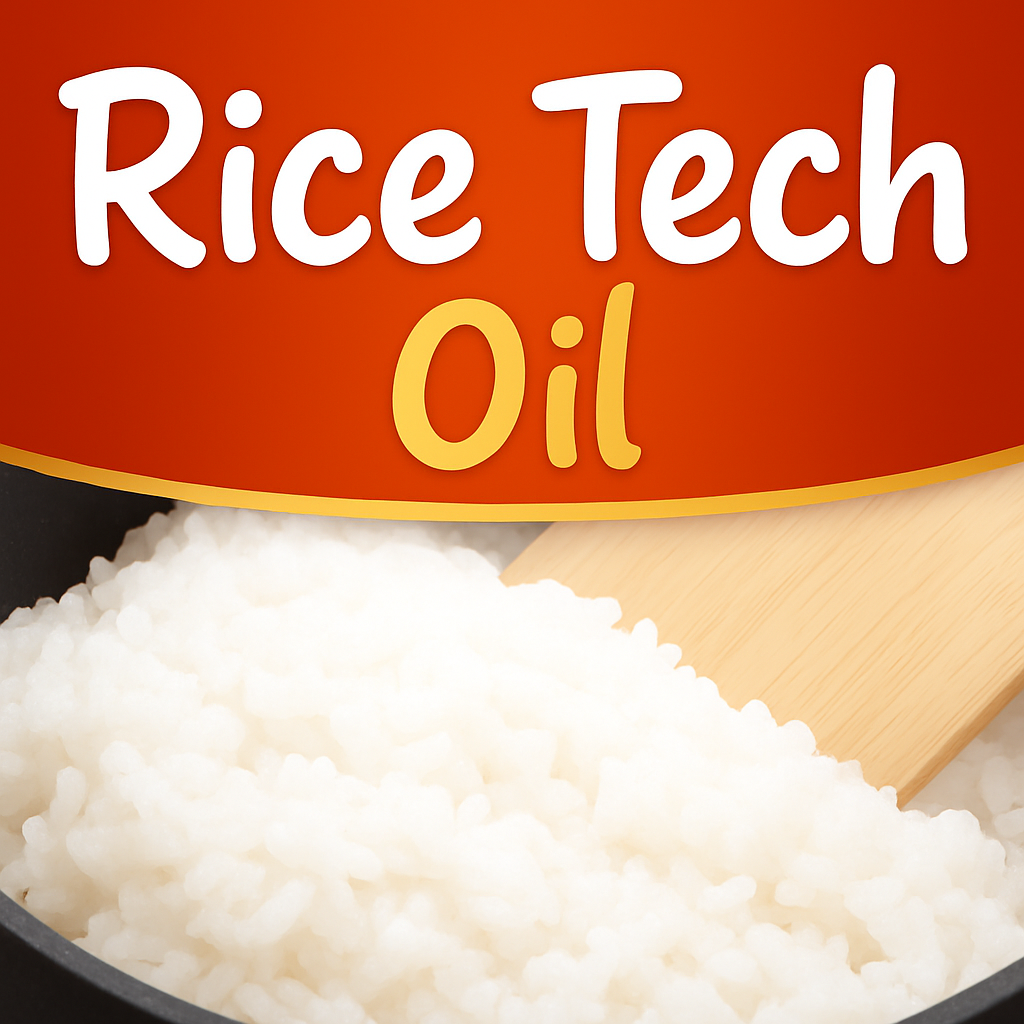Bento boxes, rice bowls, and sushi are among the most important categories in today’s prepared foods market. Providing delicious rice is the foundation of these offerings, but the factors that influence flavor and texture differ depending on the dish.
This is where the strategic use of rice Tech oil becomes valuable. In this article, we will explain the benefits of rice Tech oil and how to choose the most suitable type for different rice-based products.
Contents
Choosing the Right Rice Tech Oil for Each Dish
What Is Rice Tech Oil?
Rice cooking oil is an edible oil added to the rice cooker before cooking. As the rice cooks, the oil coats each grain, enhancing both workability and quality.
The method is simple: after adding rice and water as usual, incorporate the specified amount of rice cooking oil and start the cooking process. For best results, gently stir the oil into the water and rice mixture before cooking.
The Benefits of Rice Tech Oil
Using rice cooking oil provides multiple operational and quality advantages:
Improved Work Efficiency
Rice cooked with oil separates more easily, making it simpler to portion into trays or shape into onigiri. It also prevents sticking to the pot, reducing stress during preparation.
Reduced Drying
The coating effect helps retain moisture, ensuring rice does not dry out even during extended holding times.
Better Grain Definition
Certain oils enhance the appearance and texture of cooked rice, keeping grains distinct—ideal for dishes where presentation and texture are key.
Resistance to Refrigeration
When rice is stored at low temperatures, starch retrogradation causes it to harden. Some rice cooking oils contain properties that slow this process, maintaining a softer texture even under refrigeration.
Choosing the Right Oil for Different Rice Dishes
To maximize the benefits, it is important to select rice cooking oil according to the specific needs of each product.
Bento Boxes
Efficiency is the primary challenge in in-store preparation. Since rice portioning is common to all bento items, enhancing workability offers significant impact. Any rice cooking oil will deliver noticeable improvements in efficiency and reduced sticking, making it a practical choice.
Rice Bowls (Donburi)
With toppings, sauces, or broths placed over rice, texture can deteriorate as the rice absorbs liquid.
Rice Tech Oil Use improves grain definition and reduces swelling, helping rice maintain texture even when sauces are applied.
Rice Tech Oil Use improves grain definition and reduces swelling, helping rice maintain texture even when sauces are applied.
Sushi
For sushi displayed in refrigerated cases, starch retrogradation causes rice to harden over time. Additionally, when preparing rolled sushi, ease of spreading rice onto nori is a key factor.
Rice Tech Oil offers cold-resistance while improving handling, making it ideal for sushi stored in chilled conditions.
Rice Tech Oil offers cold-resistance while improving handling, making it ideal for sushi stored in chilled conditions.
Select the Right Oil to Deliver Delicious Rice Dishes
Rice is central to many prepared foods, and maintaining its quality requires attention to product-specific needs. While all rice cooking oils improve efficiency and reduce drying, differences in grain definition and cold resistance depend on the product chosen.
- For rice bowls, fried rice, and onigiri, where grain separation and texture are key, we recommend Rice Tech Oil.
- For sushi or products displayed in refrigerated cases, we recommend Rice Tech Oil, which maintains softness even at low temperatures.




